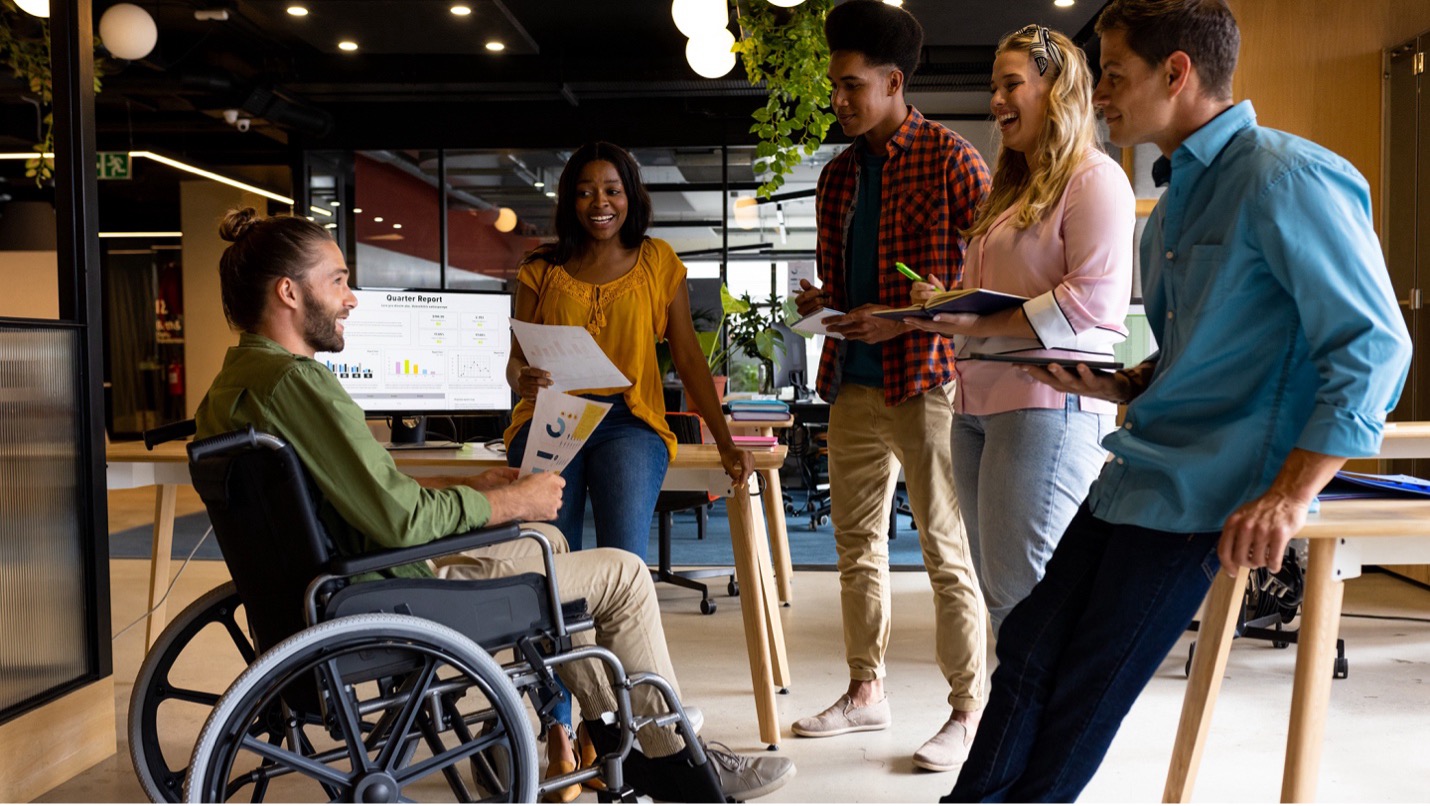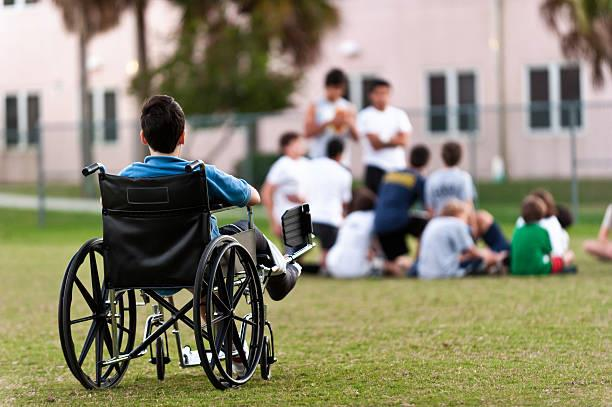
Bridging the Employment Gap: How the Vladimir Bryant Foundation (VBF) Is Expanding New Opportunities for People with Disabilities
Despite meaningful strides toward inclusion and equity, the employment gap between individuals with disabilities and those without remains stubbornly wide. According to recent data, only 40.8% of people with disabilities are employed compared to 77.3% of people without disabilities.
This disparity isn’t just a statistic—it reflects real systemic barriers and missed opportunities, both for individuals and for the broader workforce.
But here's the good news: the tides are turning. Labor shortages, the rise of remote work, and the growth of assistive technologies are beginning to reshape the employment landscape. These shifts are opening new doors for individuals with disabilities, creating a more accessible and inclusive job market.
Understanding the Barriers
To address the employment gap, we first need to understand the root causes. Individuals with disabilities often face two main types of challenges:
Physical Barriers
Many traditional jobs are still not fully accessible. Whether it’s due to rigid schedules, transportation challenges, or workplaces that aren’t designed with inclusive in mind, physical barriers can limit the types of roles individuals with disabilities are able to pursue.
Attitudinal Barriers
Perhaps even more limiting are the biases and stigmas individuals with disabilities face. Misconceptions around productivity, performance, or accommodation often led employers to overlook capable candidates. These outdated views can result in discriminatory hiring practices and a lack of advancement opportunities.
Educational and Training Gaps
People with disabilities have limited access to education or vocational training, sometimes due to exclusion or lack of accommodation in school settings.
Limited Work Experience
Due to previous discrimination or lack of opportunities, they may have less work experience, which in turn makes it harder to get hired.
Lack of Support Services
Employment support, such as job coaches, vocational rehabilitation, or assistive technologies, may not be readily available or affordable.
New Opportunities on the Rise
The job market is evolving—and for people with disabilities, this evolution is full of promise. Several trends are helping level the playing field:
Labor Shortages
As companies across industries struggle to fill roles, employers are expanding their candidate pools and reassessing what talent looks like. This creates a unique opening for individuals with disabilities to showcase their skills and value.
Remote Work
Remote work has become a mainstream option, removing many of the physical challenges that once made traditional employment difficult. Now, individuals can work from environments tailored to their needs, with greater flexibility and accessibility.
Assistive Technologies
New and emerging assistive tools—from screen readers to speech-to-text software—are empowering individuals with disabilities like never before. These technologies not only enhance productivity but also increase independence and confidence in the workplace.
How the Vladimir Bryant Foundation is Bridging the Gap
While these trends are encouraging, real change requires intentional support. The Vladimir Bryant Foundation (VBF) is taking a proactive approach to narrowing the employment gap through its innovative Professional Development Program.
This program is designed to do more than just help people find jobs—it’s built to help them thrive and grow in their careers.
What Makes VBF Professional Development Stand Out
The VBF Professional Development Program is a proactive, personalized training initiative designed to meet people where they are and guide them toward employment success. It’s built on three pillars: Preparation, Performance, and Persistence—each focusing on a different phase of the employment journey.
Preparation: Building a Strong Foundation
Participants receive tailored support to help them confidently enter the job market:
- Job Coaching: One-on-one guidance to identify strengths, career goals, and pathways to employment.
- Resume & Cover Letter Writing: Crafting documents that reflect participants’ skills and experiences in ways that resonate with employers.
- Interviewing Techniques: Coaching on answering questions effectively, body language, virtual interview skills, and more.
- Career Exploration: Identifying industries and job roles that align with each individual's unique abilities and interests
Performance: Thriving in the Workplace
Once hired, VBF continues to support participants as they transition into their new roles:
- Emotional Management: Tools for handling stress, building resilience, and adapting to workplace challenges.
- Workplace Etiquette & Communication: Training in professional conduct, teamwork, and effective communication, which is crucial for long-term success.
- Remote Work Readiness: Support for navigating remote job platforms, virtual collaboration tools, and time management strategies.
Persistence: Growing into Leadership
VBF doesn’t just prepare individuals for jobs, we help them build careers:
- Leadership Development: Workshops and mentoring that help participants develop the confidence and skills to lead.
- Ongoing Mentorship: Continued access to mentors and coaches for career growth, troubleshooting, and advancement planning.
- Community Building: Connecting participants to a network of peers and professionals who share lived experience and encouragement.
This comprehensive program is designed not just to close the employment gap—but to empower people with disabilities to thrive at every stage of their professional journey.
By investing in both practical and personal development, VBF helps individuals with disabilities not only enter the workforce—but succeed and stay there.
A Brighter Future Is Within Reach
The employment gap for people with disabilities is a significant challenge—but one that can be overcome. With shifting workforce dynamics, greater access to technology, and supportive programs like the Vladimir Bryant Foundation's Professional Development Program, the future is looking brighter.
By continuing to break down barriers and opening new doors, we can create a world where every person—regardless of ability—can succeed.
Want to learn more about the Vladimir Bryant Foundation’s work or support our mission?
Visit www.vladimir.org to get involved.By investing in both practical and personal development, VBF helps individuals with disabilities not only enter the workforce—but succeed and stay there.




.png)



